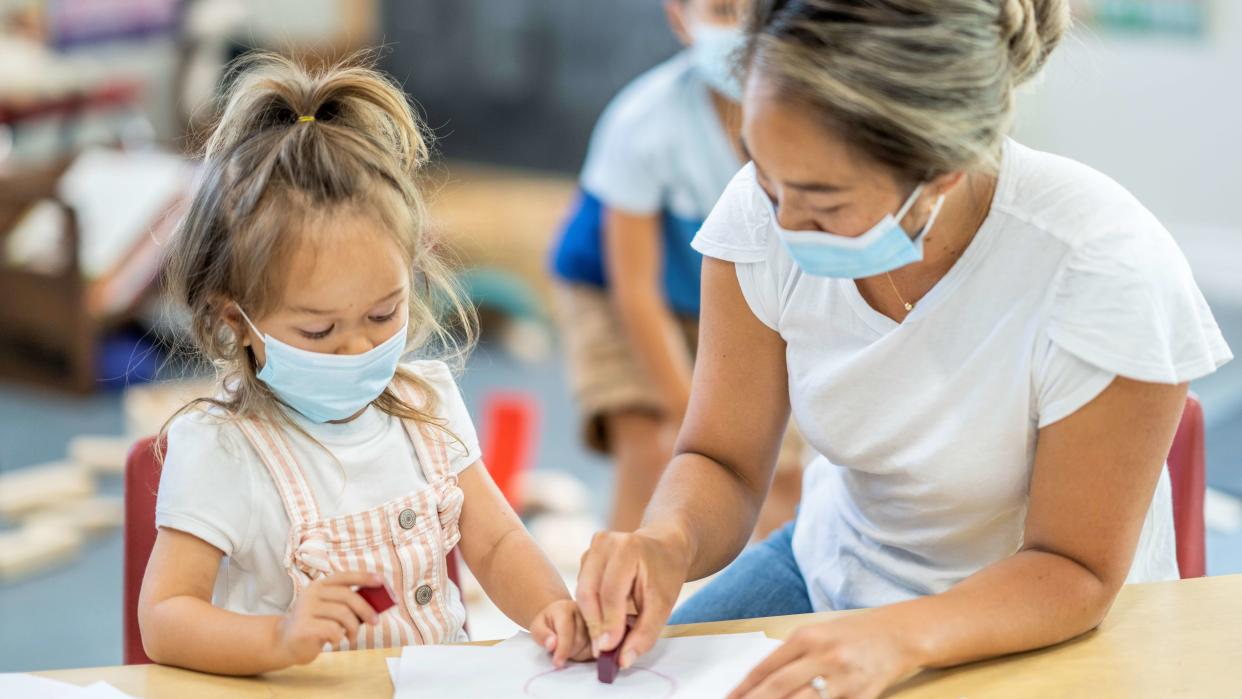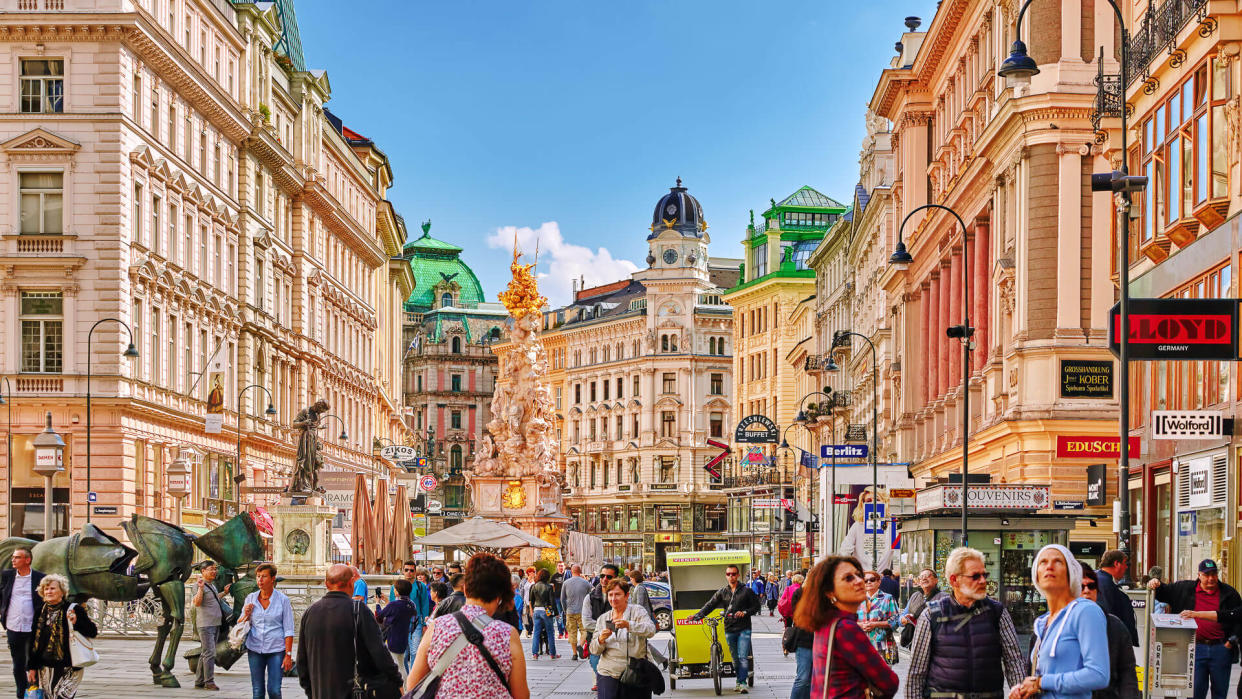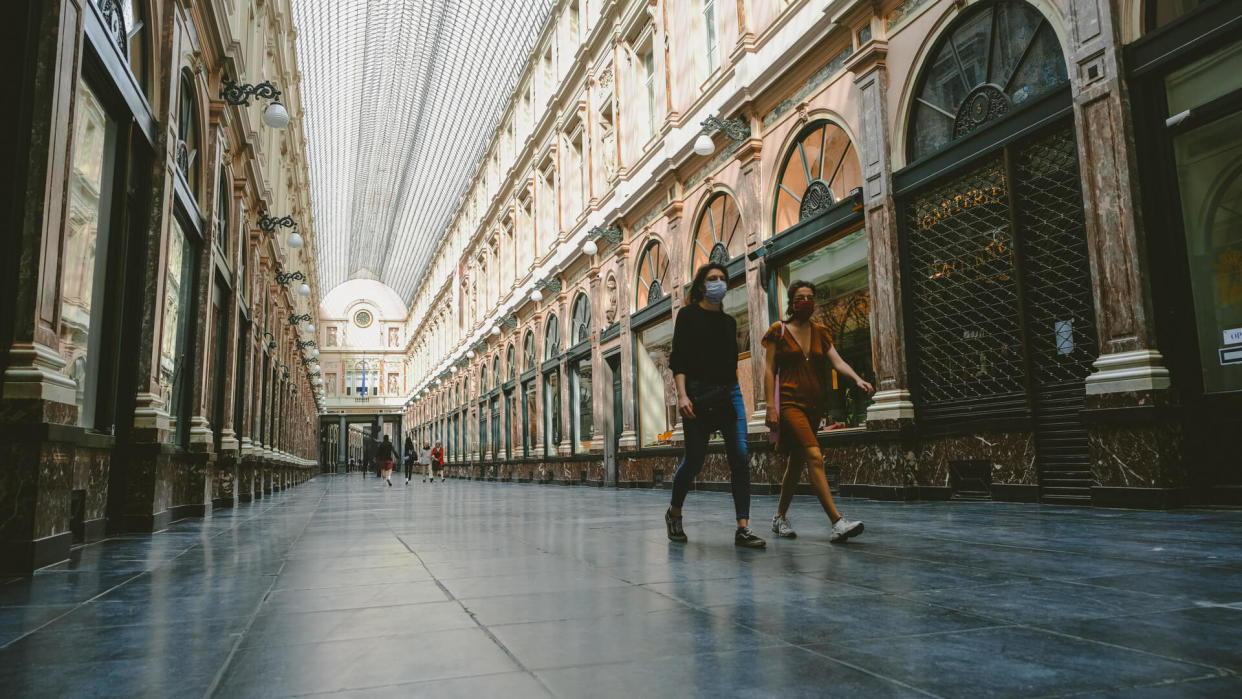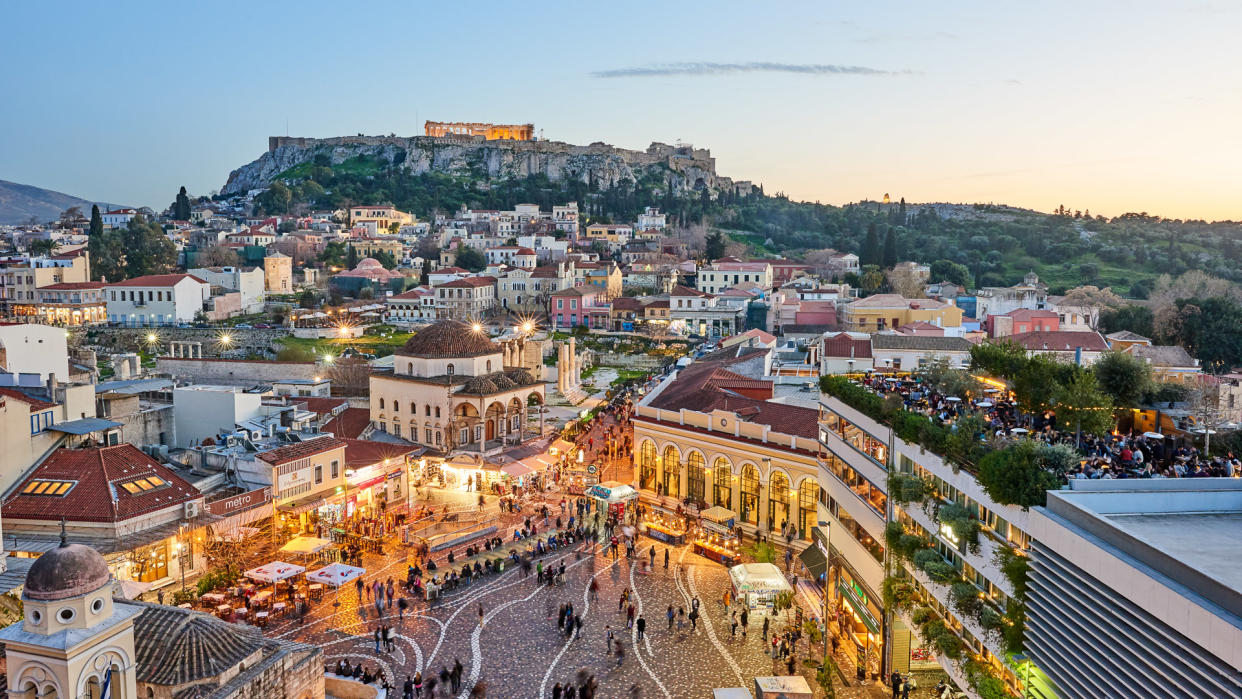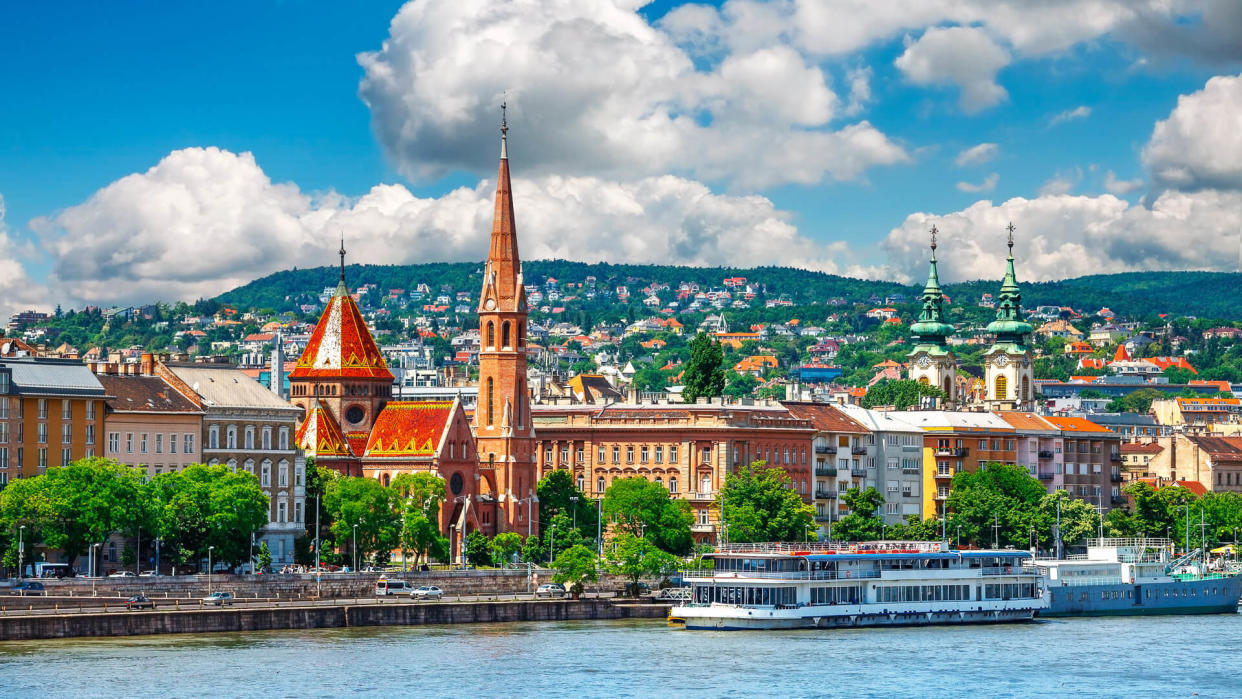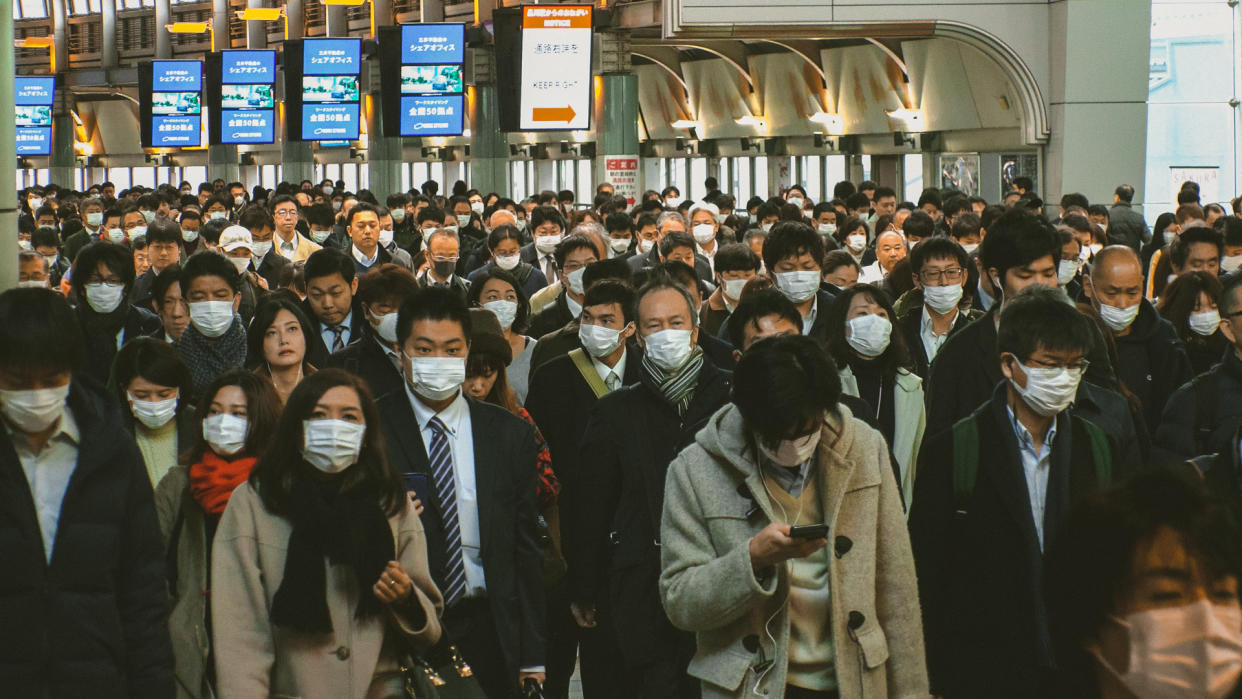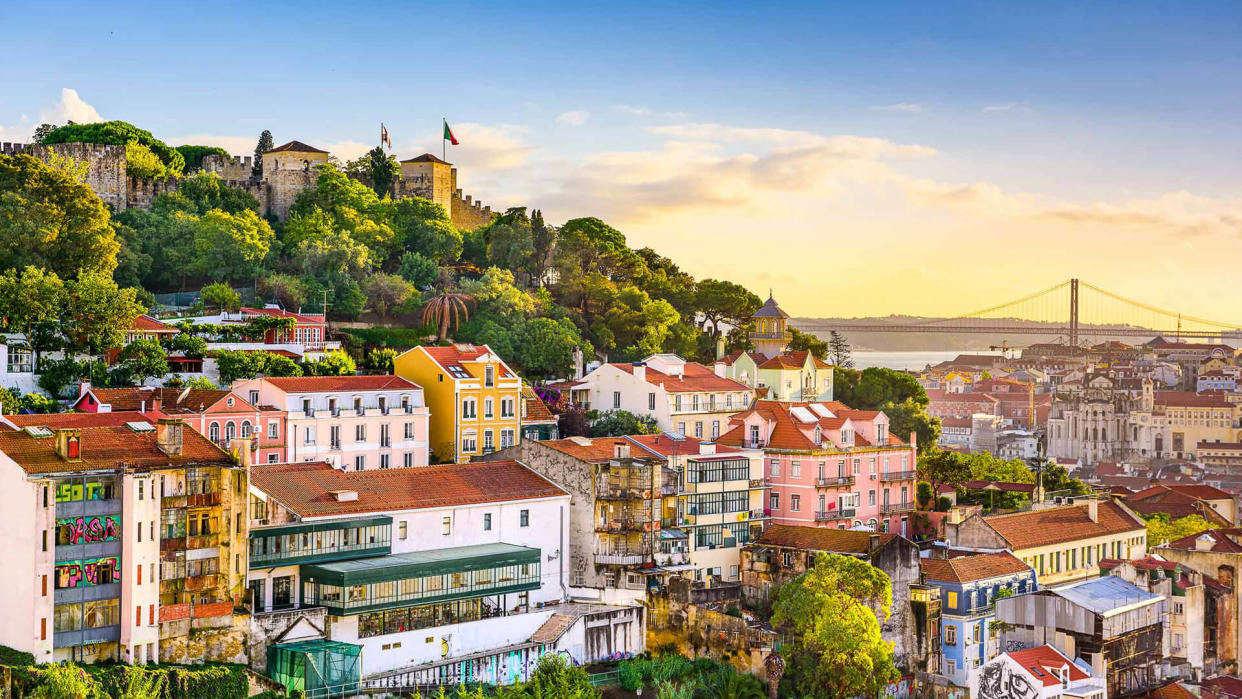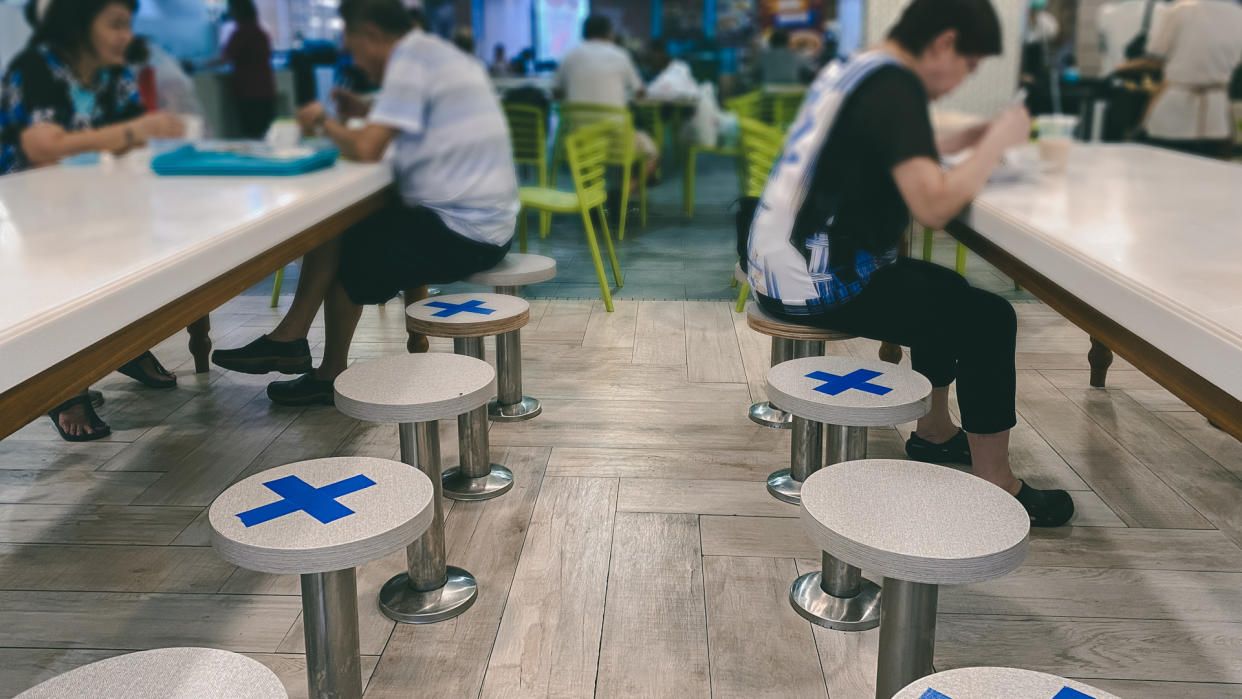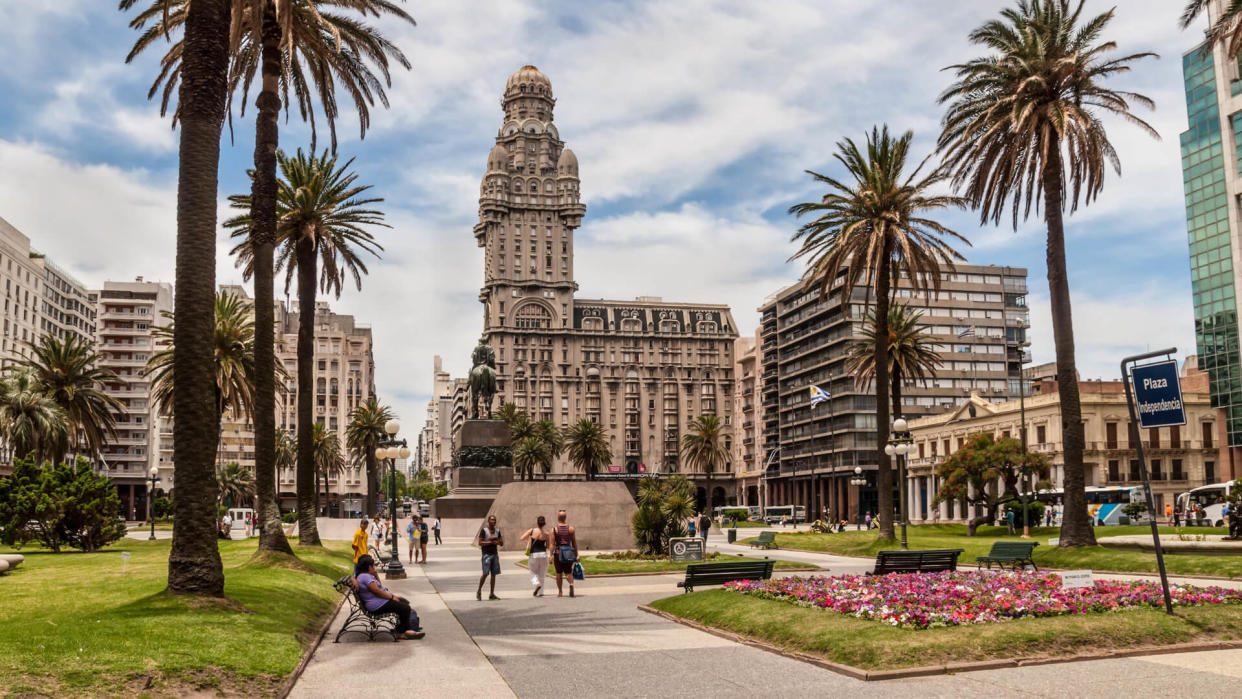23 Safest School Reopenings Around the World and How They Did It
As the new school year begins, many states and school districts continue to grapple with how to reopen schools in a way that is both safe and enriching for students. Many schools have been closed since March in the U.S., but abroad, several countries have had students back in classrooms — at least part time — since the spring or summer. And they’ve managed to keep schools open, without having to go back to remote learning due to another spike in cases.
Some countries have staggered reopening dates depending on grade level, some are using a hybrid model for teaching and others are shortening school days. Some countries are mandating masks and temperature checks, while others are just encouraging good hygiene. Although there is a lot of variability in these school reopening plans, these countries have managed to keep students safe despite varying rates of the coronavirus.
Here’s how 23 places around the world safely reopened schools while keeping their coronavirus rates down.
Last updated: Sept. 11, 2020
Australia: A Look at Coronavirus
Total cases: 25,670
Total deaths: 611
Population: 25,364,307
Cases per million people: 1,012
Australia: How Schools Are Reopening
Schools in New South Wales resumed in-person teaching in May, with students coming in one day a week beginning on May 11, Education Week reported. The New South Wales Department of Education recommended keeping schools at 25% capacity during those days, which allowed some students — such as the children of essential workers — to attend school in person every day. On May 25, schools reopened full time.
“Having the phased return allowed us to give parents a strong signal of our expectations,” Georgina Harrisson, the deputy secretary of educational services at the New South Wales Department of Education, told Education Week. “If this goes well and you work with us on this one day a week, there is another day coming your way, if not multiple days, if we get on top of the virus. It really helps with the behavioral economics of it — the behavioral cues you want from the community and their engagement and support of the approach you’re taking.”
Austria: A Look at Coronavirus
Total cases: 27,218
Total deaths: 733
Population: 8,877,067
Cases per million people: 3,066
Austria: How Schools Are Reopening
Austrian schools split classes into two groups that each would attend in person half the week to allow for social distancing in the classrooms, Reuters reported. Students ages 6 to 14 returned on May 18 and students ages 15 and older who are not in their final year returned on May 29.
Belarus: A Look at Coronavirus
Total cases: 71,687
Total deaths: 676
Population: 9,466,856
Cases per million people: 7,572
Belarus: How Schools Are Reopening
Belarusian President Alexander Lukashenko has dismissed concerns about the coronavirus and kept businesses open throughout the pandemic. Schools were closed for an extra two weeks for spring break, but classes officially resumed for in-person teaching in April, the Associated Press reported. However, authorities are allowing parents to keep students home from school if they choose.
Take a Look: The 50 Cities Best Prepared To Reignite Their Economy and Job Market
Belgium: A Look at Coronavirus
Total cases: 84,948
Total deaths: 9,894
Population: 11,484,055
Cases per million people: 7,397
Belgium: How Schools Are Reopening
Belgium began partially reopening schools for younger students in May, with younger elementary school children allowed to return to classes without any precautionary measures, such as mask-wearing and social distancing, in place, Business Insider reported. Primary and secondary school students in their final year were also allowed to return in May, but restrictions were in place for older students — everyone over 12 was required to wear a mask and only 10 students could be in each classroom.
Since the start of August, cases in Belgium have been rising, so the country is considering a partial reopening for September. Middle and high school students would attend in staggered groups; elementary school students would remain in their respective classrooms for all activities.
Canada: A Look at Coronavirus
Total cases: 127,673
Total deaths: 9,113
Population: 37,589,262
Cases per million people: 3,397
Canada: How Schools Are Reopening
Schools reopened in June with one day a week of in-person learning and the rest of the days taught virtually, Reuters reported. For the fall, planning is underway for a hybrid model with students in many provinces learning part time in school and part time at home.
Croatia: A Look at Coronavirus
Total cases: 10,123
Total deaths: 184
Population: 4,067,500
Cases per million people: 2,489
Croatia: How Schools Are Reopening
Croatia reopened schools in May, with most students being instructed via distance learning, Croatia Week reported. Students in first through fourth grade are instructed part time in person and part time online, and students in older grades are learning remotely full time. Preschools have resumed normal operation.
Czech Republic: A Look at Coronavirus
Total cases: 24,367
Total deaths: 423
Population: 10,669,709
Cases per million people: 2,284
Find Out: How the Economy Is Doing in 30 Coronavirus Hot Spots
Czech Republic: How Schools Are Reopening
Schools in the Czech Republic closed on March 11 and remained closed for two months before reopening to a limited extent, Expats CZ reported. When schools reopened, in-person attendance was optional. The new school year began on Sept. 1, with students attending in person but with extra hygiene measures in place, such as increased hand-washing.
Denmark: A Look at Coronavirus
Total cases: 16,700
Total deaths: 624
Population: 5,818,553
Cases per million people: 2,870
Denmark: How Schools Are Reopening
Denmark reopened schools for in-person learning for younger grades first, with kindergarten through fifth-grade classes resuming on April 15 and sixth- through 10th-grade classes resuming on May 18, Brookings reported. Classes were divided into two or three smaller groups, and classes were taught outside when possible. Extra safety measures were implemented, including spacing students’ seats 6 1/2 feet apart, enforcing hand-washing for students every two hours and cleaning all educational materials twice a day.
Finland: A Look at Coronavirus
Total cases: 8,077
Total deaths: 335
Population: 5,520,314
Cases per million people: 1,463
Finland: How Schools Are Reopening
Schools in Finland reopened in May, The Heritage Foundation reported. Class sizes remained the same, but students were not permitted to mix with children outside their classroom, Science reported. Officials said there was no evidence of an increased spread of the coronavirus associated with the reopening of schools.
France: A Look at Coronavirus
Total cases: 261,955
Total deaths: 30,467
Population: 67,059,887
Cases per million people: 3,906
France: How Schools Are Reopening
In France, schools began reopening in May following nearly two months of closure, Euro News reported. When schools originally opened, social distancing measures were in place and many students attended part time or fully from home. In June, schools fully reopened with social distancing measures relaxed and no limits on class sizes. In-person attendance is now required unless a parent officially registers for homeschooling.
Damage Report: Coronavirus’ Effect on Employment in Every State
Germany: A Look at Coronavirus
Total cases: 242,381
Total deaths: 9,298
Population: 83,132,799
Cases per million people: 2,916
Germany: How Schools Are Reopening
Schools in Germany reopened in May, The Heritage Foundation reported. In some schools, students are required to wear masks in hallways and bathrooms but are permitted to take them off while in the classroom, Science reported. Desks in classrooms are spaced apart. If a student tests positive for the coronavirus, only those in class with the student are sent home to isolate for two weeks — other classes in the school can remain in session.
Greece: A Look at Coronavirus
Total cases: 10,134
Total deaths: 262
Population: 10,716,322
Cases per million people: 946
Greece: How Schools Are Reopening
Schools reopened to students in May with extra precautions in place, The National Herald reported. Greece’s Education Ministry has asked schools to keep students and desks distanced and to not allow students to congregate. Students were instructed not to exchange notes, and covers were placed on computer keyboards and seats are disinfected between uses.
Hungary: A Look at Coronavirus
Total cases: 5,961
Total deaths: 614
Population: 9,769,949
Cases per million people: 610
Hungary: How Schools Are Reopening
Schools in Hungary reopened in June, but only for small groups or individual consultations for those who needed extra help catching up over the summer, Xinhua Net reported. Older students returned in September and were required to wear masks in some parts of the school, including halls.
Japan: A Look at Coronavirus
Total cases: 67,865
Total deaths: 1,279
Population: 126,264,931
Cases per million people: 537
Japan: How Schools Are Reopening
Japan began reopening schools with staggered attendance in May, with schools in some areas returning to normal schedules after a week or longer of a staggered schedule, the Japan Times reported.
If You’re Looking: The 50 Cheapest, Safest Places To Buy a Home in the Pandemic
The Netherlands: A Look at Coronavirus
Total cases: 70,071
Total deaths: 6,215
Population: 17,332,850
Cases per million people: 4,043
The Netherlands: How Schools Are Reopening
The Netherlands reopened schools in April. Class sizes were cut in half but social distancing measures were not enforced for students under 12, Science reported. The country recently announced that social distancing was not required for students under 17.
New Zealand: A Look at Coronavirus
Total cases: 1,387
Total deaths: 22
Population: 4,917,000
Cases per million people: 282
New Zealand: How Schools Are Reopening
New Zealand schools reopened on May 14 but left it up to parents to decide when they felt ready to take their kids back to school.
“We […] know that children and young people’s wellbeing is important and there may be students whose parents are anxious about their return to school, as indeed the students themselves may be. In these instances, we can help you work through a transition arrangement,” New Zealand’s Ministry of Education said in May, according to Vox.
Norway: A Look at Coronavirus
Total cases: 10,543
Total deaths: 264
Population: 5,347,896
Cases per million people: 1,971
Norway: How Schools Are Reopening
In April, Norway reopened day care and schools for children in first through fourth grade. At-risk children and children who live with family members who are at-risk were not required to return to schools when they reopened, the Norwegian government stated in a release about reopening plans.
Portugal: A Look at Coronavirus
Total cases: 57,768
Total deaths: 1,819
Population: 10,269,417
Cases per million people: 5,625
Portugal: How Schools Are Reopening
Portugal reopened high schools in mid-May but are keeping elementary and middle schools closed for the rest of the year, France 24 reported.
Singapore: A Look at Coronavirus
Total cases: 56,771
Total deaths: 27
Population: 5,703,569
Cases per million people: 9,954
Singapore: How Schools Are Reopening
Many students returned to school in June with a number of safety measures in place. These included the mandatory wearing of masks, temperature checks, social distancing in the lunchroom and staggered recesses, Reuters reported.
Struggles: People in These States Are Having the Hardest Time Paying Rent
Sweden: A Look at Coronavirus
Total cases: 83,958
Total deaths: 5,821
Population: 10,285,453
Cases per million people: 8,163
Sweden: How Schools Are Reopening
Unlike many other countries, Sweden never enacted a strict lockdown. High schools and universities closed but preschools and elementary schools remained open, National Geographic reported.
Thailand: A Look at Coronavirus
Total cases: 3,412
Total deaths: 58
Population: 69,625,582
Cases per million people: 49
Thailand: How Schools Are Reopening
Schools in Thailand remained closed from mid-March until early July and reopened with precautionary measures in place, including temperature checks and makeshift cubicles in classrooms, Reuters reported. Face masks are mandatory for all students. In at least one school, students were asked to quarantine for 15 days before the first day back at school as an extra precaution.
Uruguay: A Look at Coronavirus
Total cases: 1,570
Total deaths: 44
Population: 3,461,734
Cases per million people: 454
Uruguay: How Schools Are Reopening
Uruguay reopened its schools in three stages, Enfoque Educacion reported. On June 1, primary schools that serve vulnerable populations and students on their final year of secondary education were reopened, excluding those located in Montevideo and the metropolitan area. On June 15, early childhood centers were reopened, as well as the rest of the primary schools in non-urban areas and those that serve vulnerable populations in Montevideo and the metropolitan area. Middle schools also reopened on that date. On June 29, all remaining schools were allowed to reopen.
Vietnam: A Look at Coronavirus
Total cases: 1,040
Total deaths: 32
Population: 96,462,106
Cases per million people: 11
Vietnam: How Schools Are Reopening
Schools began reopening partially in May, with kindergarten and primary schools opening full time on May 11, Reuters reported. Many schools decided to shorten their school days, and students were instructed to use hand sanitizer and to not touch each other.
More From GOBankingRates
Methodology: For this piece, GOBankingRates looked at articles from Science, U.S. News & World Report, Time, The Heritage Foundation and Business Insider to source countries that have reopened schools since the start of the COVID-19 pandemic. With these countries sourced, GOBankingRates found for each (1) its COVID-19 situation, including (a) its total number of cases, (b) its total number of deaths, (c) its population according to The World Bank and (e) how many cases have been reported per 1 million residents. GOBankingRates then found (2) when these countries reopened their schools along with any relevant information on how the schools were opened, including new social distancing rules and any remote learning options. All data was collected on and up to date as of Aug. 31, 2020. To be considered for this piece countries had to have reopened schools and not subsequently closed any again.
This article originally appeared on GOBankingRates.com: 23 Safest School Reopenings Around the World and How They Did It
